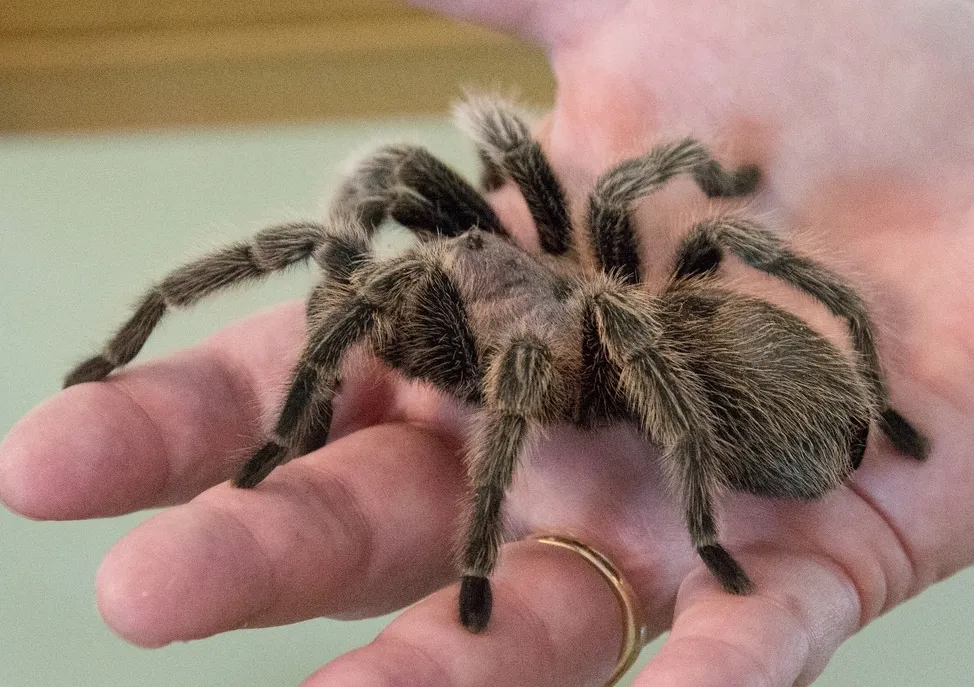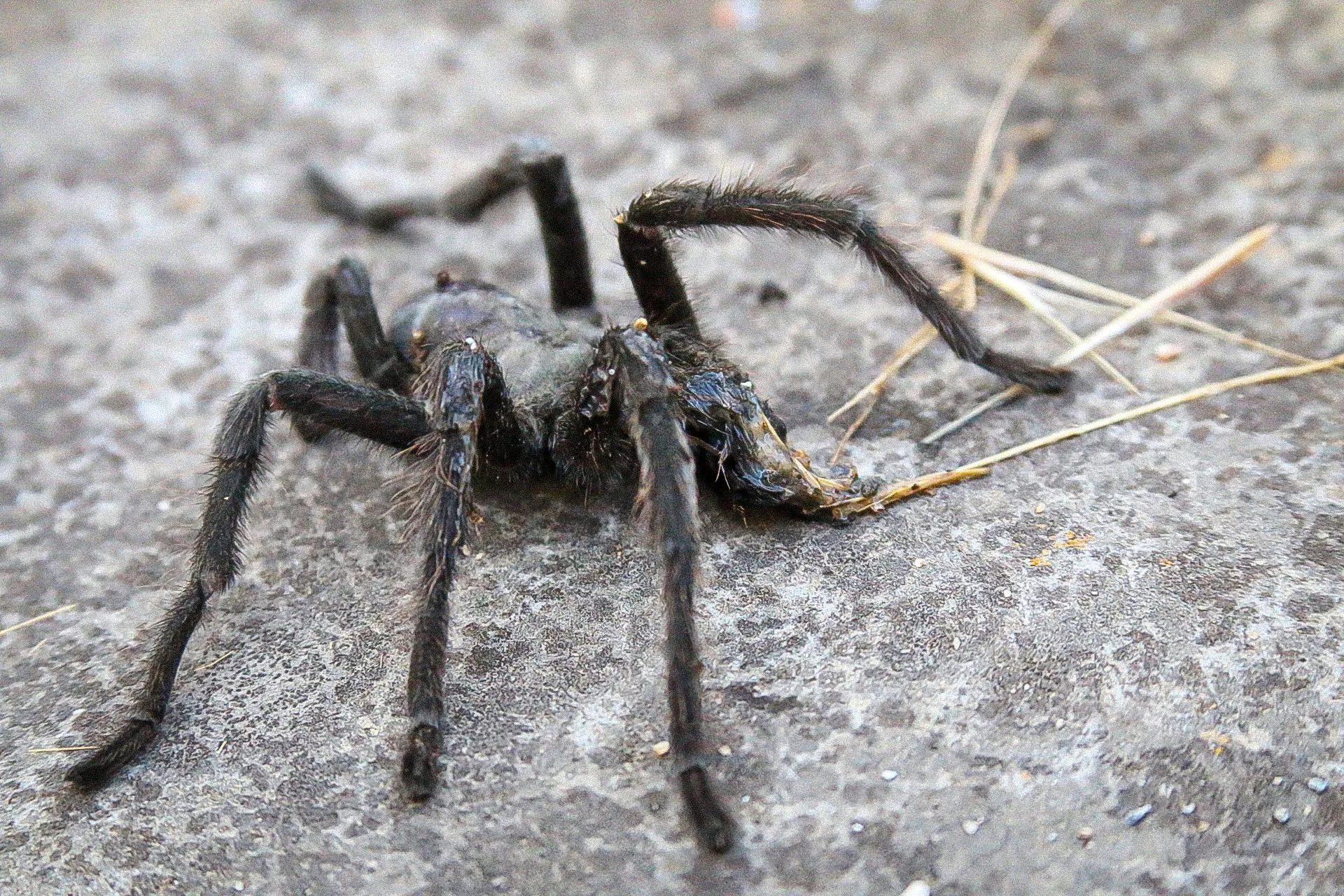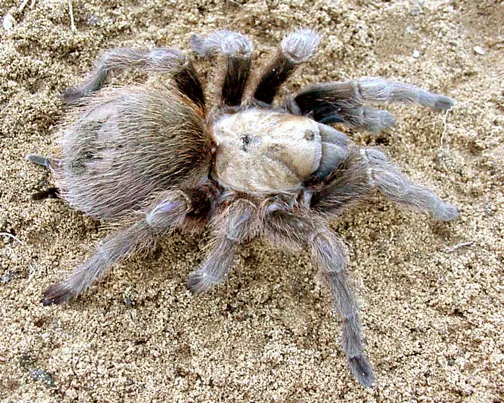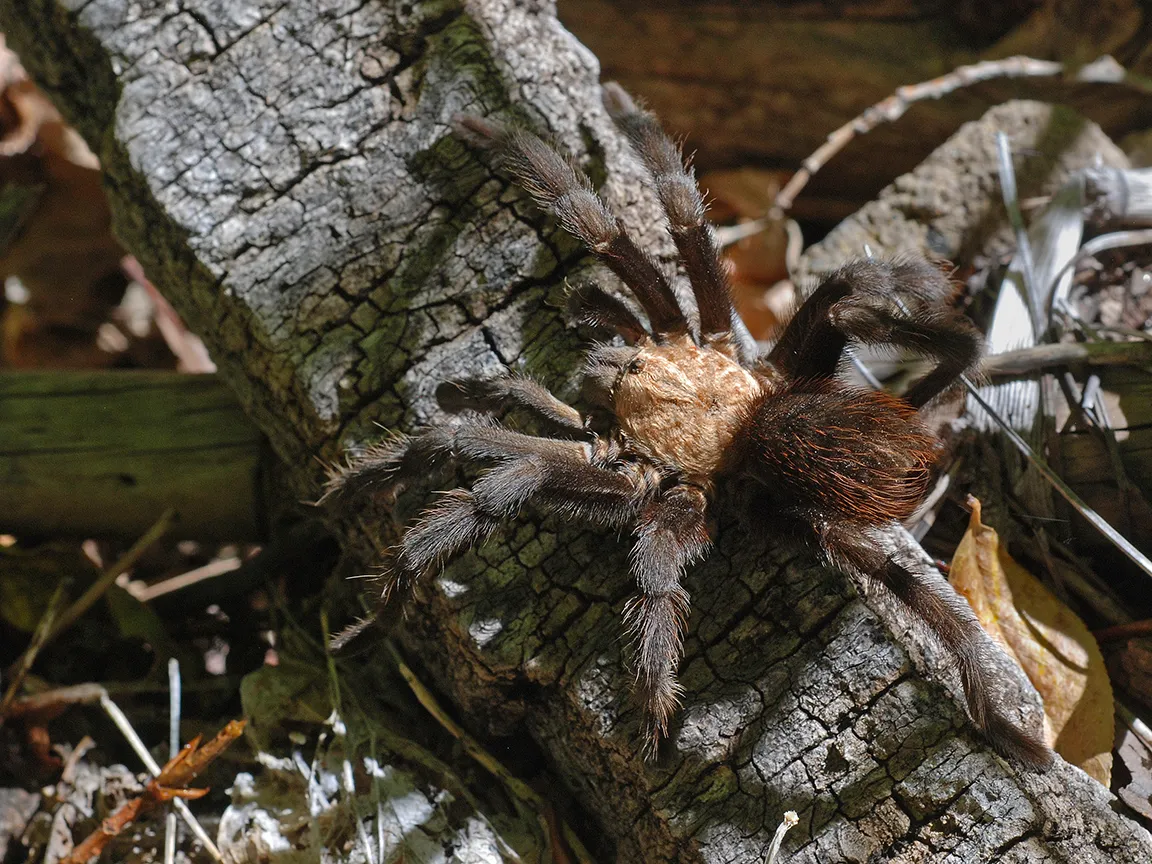Tarantulas in North America Top 7 Facts
Tarantulas, those large, hairy spiders that often evoke a mix of fascination and fear, are a captivating subject for study. In North America, these impressive arachnids inhabit a variety of ecosystems, from arid deserts to lush forests. This article will explore the world of North American tarantulas, providing seven key facts that will help you understand these creatures. We’ll delve into their physical characteristics, habitats, behaviors, and the important role they play in the ecosystem. Get ready to discover some fascinating insights into the lives of these often-misunderstood spiders, and learn about their importance in the natural world. This is your ultimate guide to North American Tarantulas.
What are Tarantulas?
Tarantulas are a group of large and often hairy spiders belonging to the Theraphosidae family. They are known for their size, with some species having a leg span of over 10 inches. Unlike many other spiders, tarantulas have a relatively long lifespan, with females often living for over 20 years. They are primarily nocturnal hunters, feeding on insects, and occasionally small vertebrates. These spiders are characterized by their impressive fangs, used to inject venom into their prey, and their urticating hairs, which they can flick at potential threats. They play a vital role in their ecosystems, helping to control insect populations. Understanding what they are is the first step on understanding the top 7 facts.
The Physical Characteristics of Tarantulas

Tarantulas boast several distinctive physical traits. Their bodies are divided into two main sections: the cephalothorax (fused head and thorax) and the abdomen. They have eight legs, each covered in sensory hairs that help them detect vibrations and navigate their environment. Their large fangs, or chelicerae, are used to subdue prey and inject venom. Many species also have urticating hairs on their abdomen, which they can flick off as a defense mechanism. These hairs cause irritation upon contact with skin or mucous membranes. The coloration of tarantulas varies widely depending on the species and their habitat, ranging from browns and blacks to vibrant blues and oranges. Understanding these features is essential to understanding them, and will help you appreciate our top 7 facts.
Size and Appearance
Size is a defining characteristic of tarantulas, with some species being among the largest spiders in the world. The leg span of a tarantula can vary significantly, with some North American species reaching up to 6-8 inches. Their bodies are covered in a dense layer of hairs, which can range in color from shades of brown and gray to vibrant hues of orange, blue, or yellow. The appearance of a tarantula is also determined by its species, with each exhibiting a unique pattern of coloration and hair distribution. Their impressive size and striking appearance make them stand out in their natural habitats. Recognizing these features is important if you are searching for the Top 7 Facts.
Habitat and Distribution of Tarantulas
Tarantulas are found on every continent except Antarctica. In North America, they are primarily found in the southwestern United States, Mexico, and parts of Central America. They inhabit a variety of environments, including deserts, grasslands, and forests. The distribution of tarantulas is influenced by factors such as temperature, humidity, and the availability of prey. These spiders are typically terrestrial, living in burrows in the ground, under rocks, or in other sheltered locations. Their ability to adapt to different habitats has allowed them to thrive in various regions of the continent. The next heading will take a look at where they live.
Where Do Tarantulas Live?

Tarantulas construct their homes in a variety of ways, often utilizing burrows in the ground, which they line with silk. These burrows provide shelter from the elements and protection from predators. Some species may also be found under rocks, logs, or in other secluded spots. The specific habitat preferences vary depending on the species. For example, some tarantulas prefer arid desert environments, while others are found in more humid forests. The choice of habitat is often linked to factors such as prey availability, temperature, and the presence of suitable burrowing sites. Learning this is important, so you can appreciate the top 7 facts about them.
Common North American Tarantula Species
North America is home to a diverse array of tarantula species, each with its unique characteristics. Some of the most well-known include the Arizona Blonde Tarantula, the Texas Brown Tarantula, and the Oklahoma Brown Tarantula. These spiders differ in size, coloration, and habitat preferences. They play essential roles in their ecosystems, helping to control insect populations. Understanding these species is crucial for appreciating the diversity of tarantulas in North America. Learning about their differences and similarities will enhance your appreciation of our top 7 facts.
The Arizona Blonde Tarantula
The Arizona Blonde Tarantula (Aphonopelma chalcodes) is one of the most popular tarantulas in the pet trade. Native to the southwestern United States, this species is known for its docile temperament and relatively low toxicity of venom. It is typically a tan or light brown color and can reach a leg span of up to 5-6 inches. The Arizona Blonde Tarantula is commonly found in desert environments and is a relatively long-lived species. The Arizona Blonde is a classic and beautiful example of the North American species.
The Texas Brown Tarantula

The Texas Brown Tarantula (Aphonopelma anax) is another common species found in the southwestern United States, particularly in Texas. This tarantula is known for its brown coloration and its relatively large size, with a leg span that can reach 6 inches or more. They are often found in grasslands and scrublands, where they construct burrows in the ground. The Texas Brown Tarantula, like the Arizona Blonde, is known for its generally docile temperament, and is not considered to be aggressive. These are interesting features in the Top 7 Facts.
The Oklahoma Brown Tarantula
The Oklahoma Brown Tarantula (Aphonopelma hentzi) is native to the south-central United States, including Oklahoma. These tarantulas are typically brown and can have a leg span of up to 5 inches. They are often found in grasslands and open woodlands. They are known for their robust nature and their ability to adapt to a variety of environmental conditions. The Oklahoma Brown Tarantula is also known to be relatively long-lived. This is just one more fact in our Top 7 Facts.
Tarantula Behavior and Lifestyle
Tarantulas are primarily nocturnal creatures, meaning they are most active during the night. They are ambush predators, waiting patiently in or near their burrows for prey to come within striking distance. Their diet consists mainly of insects, but they may also consume small vertebrates, such as lizards or mice. They have a unique lifestyle, which involves molting, a process where they shed their exoskeleton to grow. The lifestyle and behavior of a tarantula are essential to understanding and appreciating these creatures. This is one of the Top 7 Facts.
Diet and Feeding Habits

Tarantulas are opportunistic predators, meaning they will eat whatever prey they can catch. Their diet primarily consists of insects, such as crickets, grasshoppers, and beetles. Larger tarantulas may also consume small vertebrates, like mice and lizards. They use their fangs to inject venom, which paralyzes their prey, and then they use their chelicerae to grind their food. The frequency of feeding varies depending on the size and age of the tarantula, as well as the availability of food. The method of feeding is essential to understanding these creatures, which helps us with our Top 7 Facts.
Defense Mechanisms
Tarantulas have developed several defense mechanisms to protect themselves from predators. One of the most common defenses is their urticating hairs, which they can flick off their abdomen towards a threat. These hairs cause irritation upon contact with skin or mucous membranes. They also possess powerful fangs and venom, which they can use to bite and subdue potential attackers. Moreover, tarantulas will often retreat into their burrows or other shelters when threatened. These mechanisms help them survive in their natural habitat. This is an important fact in the Top 7 Facts.
Tarantulas and Humans
Tarantulas often elicit strong reactions from humans, ranging from fascination to fear. They are sometimes kept as pets due to their relatively docile nature and interesting behaviors. However, it’s essential to understand their behavior, habitat, and needs before considering them as pets. While tarantula bites are generally not life-threatening to humans, they can be painful. It is crucial to treat tarantulas with respect and caution. This will give you insight into another of our Top 7 Facts.
Tarantula Bites and Venom

Tarantulas possess venom that they use to subdue their prey. The venom of most North American tarantulas is not considered to be highly toxic to humans. A tarantula bite can be painful and may cause localized symptoms, such as redness, swelling, and itching. However, serious complications are rare. If bitten by a tarantula, it is essential to clean the wound and monitor for any signs of infection or allergic reaction. Seeking medical attention is advisable if the symptoms are severe. These bites are important when you understand the Top 7 Facts.
Tarantulas as Pets
Tarantulas are becoming increasingly popular as pets, due to their relatively low maintenance requirements and fascinating behaviors. When considering a tarantula as a pet, it is essential to research the specific species and their needs. This includes providing a suitable habitat, appropriate temperature and humidity, and a proper diet. Handling tarantulas should be done with caution, as they can be easily startled and may bite or flick urticating hairs as a defense mechanism. Owning a tarantula can be rewarding for those who are prepared to provide proper care. This is one of the Top 7 Facts you need to know.
Conservation Status of Tarantulas
The conservation status of tarantulas varies depending on the species and the region. Some species are relatively common, while others are facing threats due to habitat loss, overcollection for the pet trade, and climate change. It is essential to monitor and protect tarantula populations. This will help to ensure the survival of these fascinating creatures. Conservation efforts are crucial for maintaining the biodiversity of tarantulas in North America. Understanding this is one of our Top 7 Facts.
Threats to Tarantula Populations

Several factors threaten tarantula populations, including habitat loss due to urbanization, deforestation, and agriculture. Overcollection for the pet trade can also negatively impact wild populations. Climate change, with its effects on temperature and precipitation patterns, also poses a threat to tarantulas. Increasing awareness of these threats is vital. This will help to encourage conservation efforts. It’s important to realize these threats when learning the Top 7 Facts.
How to Protect Tarantulas
Protecting tarantulas requires a multifaceted approach. This includes protecting their habitats, supporting sustainable practices in the pet trade, and educating the public about their importance. Conservation efforts, such as habitat preservation and species-specific management plans, are essential. Individuals can contribute by supporting conservation organizations and making informed choices about pet ownership. By working together, we can help ensure the survival of these impressive arachnids for future generations. This is essential in understanding the Top 7 Facts.
